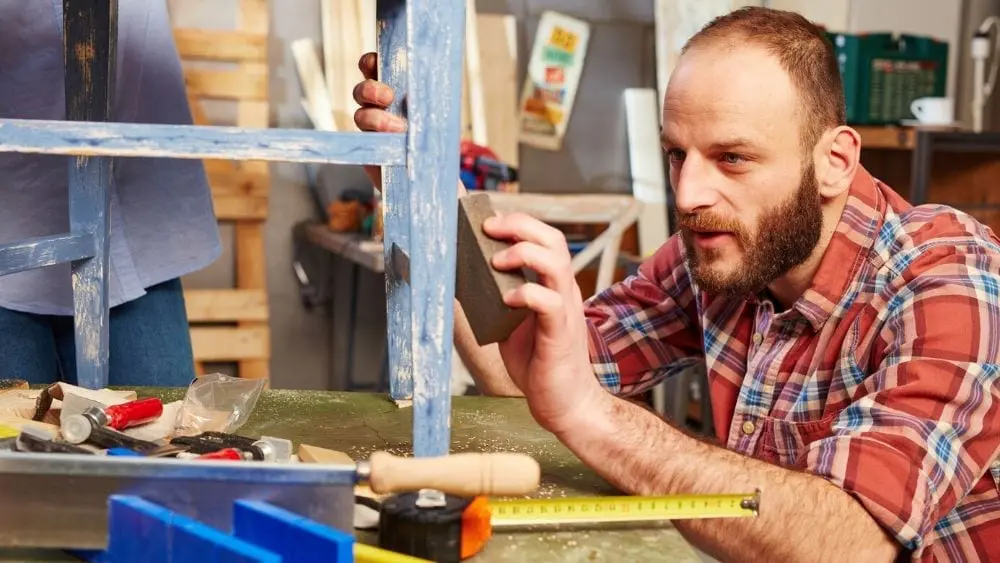
We all wish a new home came with an owner’s manual. While we can’t
know how to do everything when it comes to home maintenance, it’s
helpful to know how to do some minor repair and maintenance tasks in
your new home. You can easily save a few hundred, maybe thousands, of
dollars by knowing how to take care of these things on your own.
1. Changing your HVAC filter
If you previously lived in a rental, your landlord typically took care of changing your air filters. Now, that task is up to you! You should change your air filters quarterly to keep your system running smoothly and cut energy bills. You will be surprised how much it will save you in the long run. Experts recommend if you have pets or allergies, you should be changing your air filters every 30 to 90 days.
2. Fix a leaky faucet
A leaky faucet can sound like torture in the dead of night. Most leaky faucets are due to failure of the faucet’s seats and springs. This is a quick fix for handy homeowners. Make sure you have an Allen wrench, needle-nose pliers, tongue-and-groove pliers and a screwdriver. Refer to this guide on how to fix a leaky faucet.
3. How to turn off your gas/detect a gas leak
This can be a vital thing to know as a homeowner. If you smell gas,
you should first call your gas company and then leave your home
immediately. It’s also important to know how to turn off the gas
yourself in case you need to.
Make sure you know where the gas meter is in the event you need to shut it off. The shut-off valve is usually located outside at the meter and will require an adjustable pipe or crescent-type wrench to turn the valve a quarter turn in either direction. When the valve head is parallel to the pipe, it is in the OPEN position. Turn the valve head so it is perpendicular to the pipe, and in the OFF position. Once you do this, do not turn the gas back on until you have a professional come out and check the lines.
4. Finding a wall stud
A lesser important maintenance skill to know, but it can save you
time and money from getting a professional to come out and install a TV
mount or put up shelves in your home. Just buy yourself a stud finder
from a home improvement store for around $10 to locate the boards behind
your wall.
Studs are almost always spaced either 16 or 24 inches apart. Start at a
corner, where there’s always a stud. From there, you should hit a stud
every 16 inches around your initial stud.
5. Know how to caulk and seal cracks
Caulking fills gaps and cracks to keep air, water and bugs out of
your home. It’s typically done around windows, doors, pipes and walls.
Caulk can be found at most home improvement stores and is made for
various tasks.
Caulk comes in either a cartridge or a squeeze tube. A cartridge and
caulk gun will give you a more continuous bead and contains 9-11 ounces
of caulk. A squeeze tube of caulk is better for smaller projects.
There are several forms of caulk to choose from, though the two most
common forms are latex and silicone. Latex caulk is semi-permanent, has
minimal odor and can be cleaned easily with soap and water. Silicone
caulk is more difficult to apply and only some can be painted. It
requires mineral spirits to clean up but can hold up in extreme
temperatures and lasts longer overall.
Determine your task at hand, and if you are unsure of what type of
caulk you need, consult an employee at your local hardware store for
help. Though it is always a good idea to keep a squeeze tube of caulk on
hand for small projects such as plugging up holes in walls.
 55+ Home Shoppers Don’t Want Boring Homes
55+ Home Shoppers Don’t Want Boring Homes